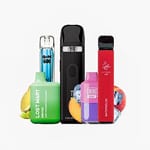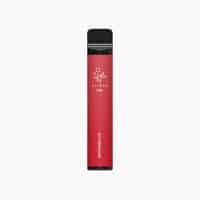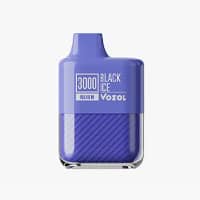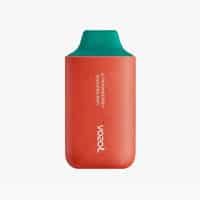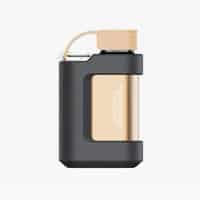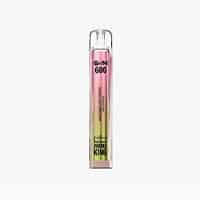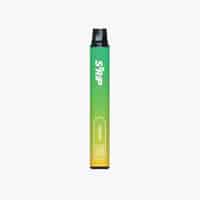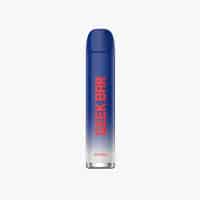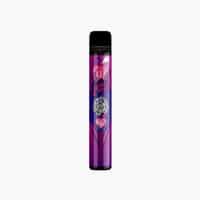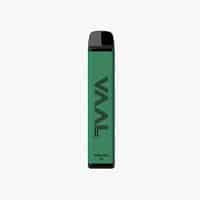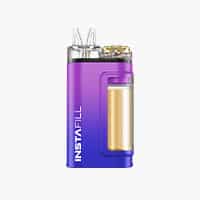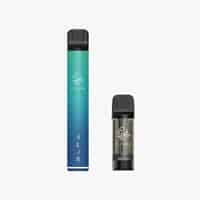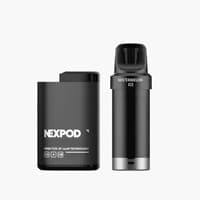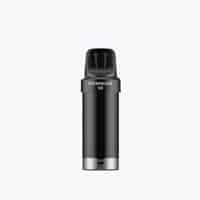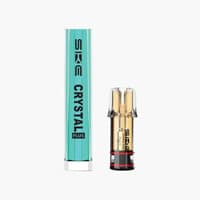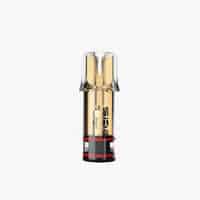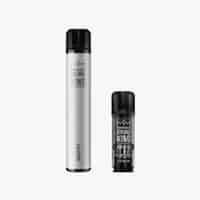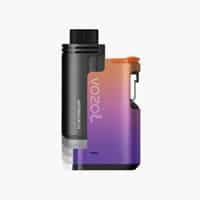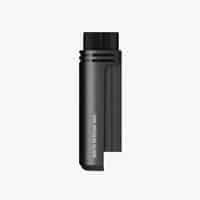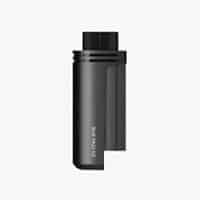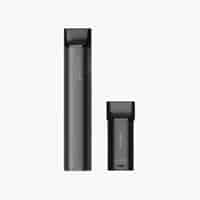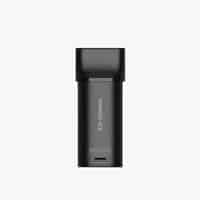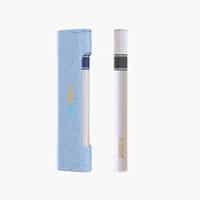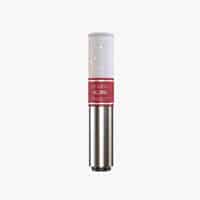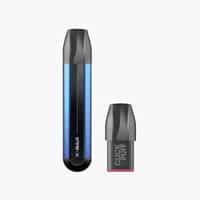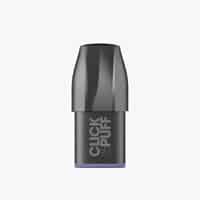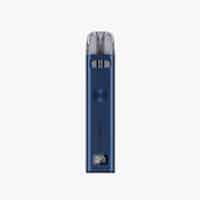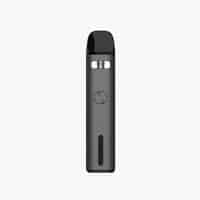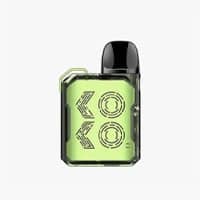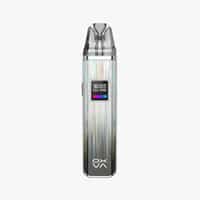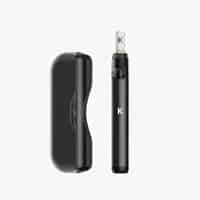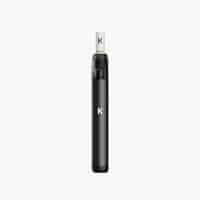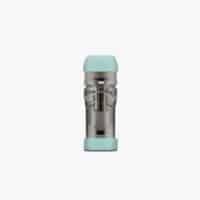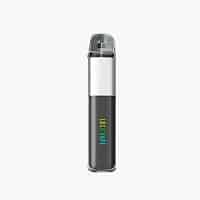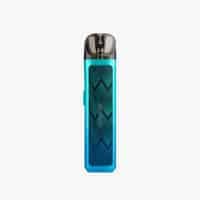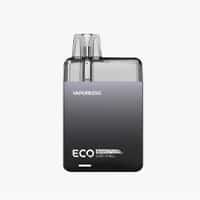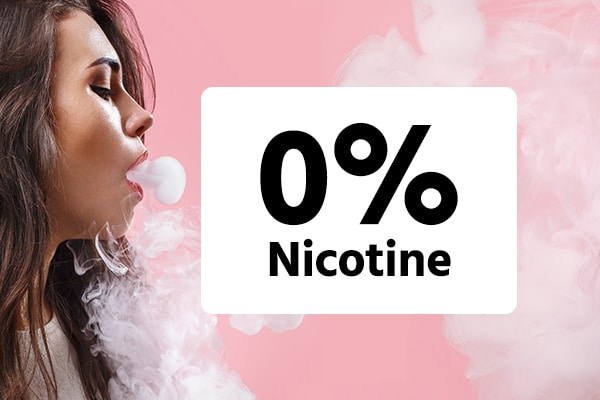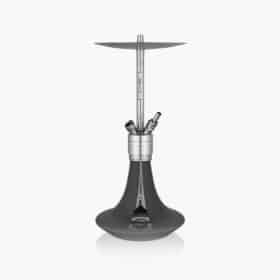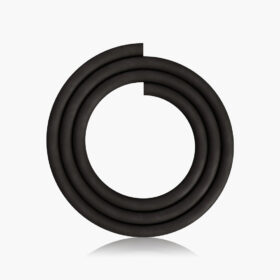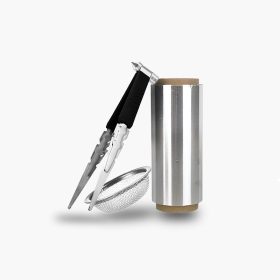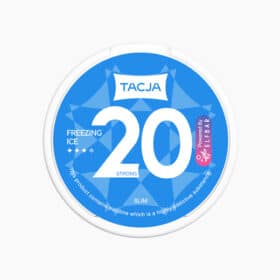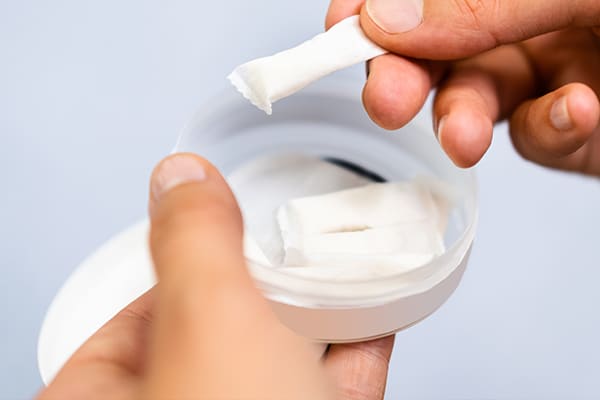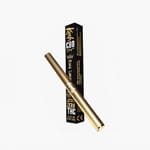

Vape recycling | Dispose of e-cigarettes correctly
In 2022, over 10 million e-cigarettes were imported into Switzerland. This figure is likely to have increased significantly in 2023. A large proportion of the imports are disposable e-cigarettes, which have to be disposed of after a short service life. As all e-cigarettes contain a lithium-ion battery, used vapes must never be disposed of in normal waste or in nature. E-cigarette batteries are highly flammable and contain heavy metals that are harmful to the environment. They must be disposed of properly at the recycling center for electronic waste so that they can be recycled.
How to dispose of used e-cigarettes correctly?
E-cigarettes contain metals such as lithium, mercury, nickel, cobalt and aluminum and should therefore never be disposed of in normal waste. Use the following options for correct disposal:
- Return to your local recycling center for electronic waste
- Return to a retailer
- Have empty vapes collected from your home with a vape recycling bag from the post office
Table of contents
What are e-cigarettes made of?
How are e-cigarettes recycled?
What alternatives are there to disposable vapes
What are e-cigarettes made of?
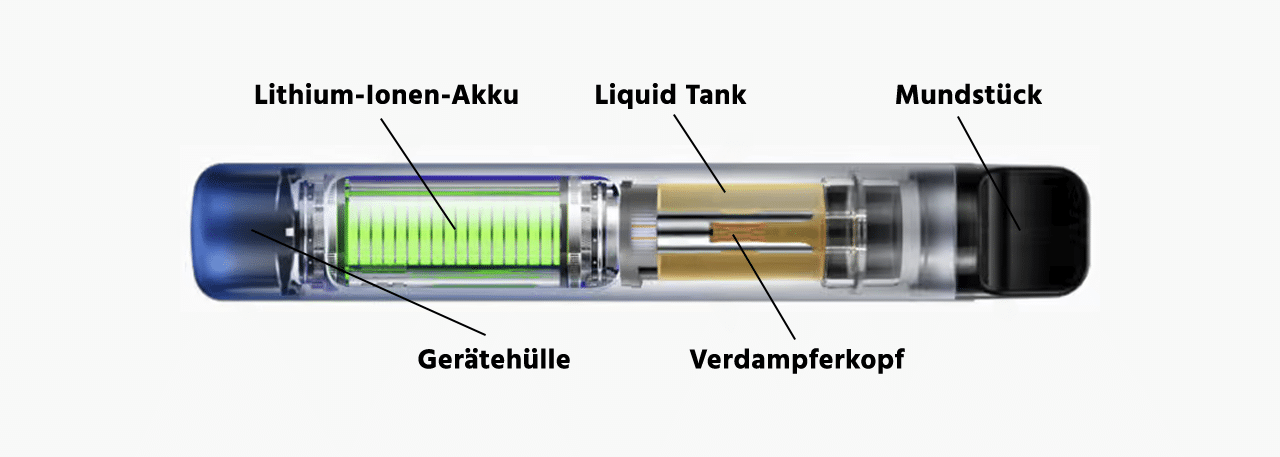
All e-cigarettes contain a lithium-ion battery. This and the other components contain lithium, nickel, cobalt, aluminum, copper and mercury. If disposed of incorrectly, these substances are harmful to the environment and should be returned to the recycling system. Basically, all e-cigarettes consist of the following components:
- Plastic mouthpiece
- Plastic or metal device cover
- Liquid Tank
- Vaporizer head (coil that heats the liquid)
- Lithium-ion battery
How are e-cigarettes recycled?

The recycling of disposable and reusable e-cigarettes is a complex process. The biggest problem is the fact that the batteries are usually permanently installed in the devices. They have to be laboriously removed from the device casing by hand so that they can be fed into the recycling process. Mechanical removal of the batteries is not yet possible due to the risk of short circuits and fires. In addition to lithium-ion batteries, various plastics and metals are also produced, which are either recycled or sent for incineration.
How is the recycling of e-cigarettes financed?
In Switzerland, there is a kind of advance recycling fee, which is paid by the majority of all importers. The amount of CHF 0.10 per e-cigarette is charged as an advance recycling fee.
Alternatives to disposable e-cigarettes

Recycling disposable e-cigarettes and vapes is a complex process. Yet it is very easy to avoid producing this unnecessary electronic waste. Simply choose a reusable e-cigarette with a rechargeable battery and you can avoid having to laboriously recycle countless batteries without any additional effort.
1. prefilled pod systems
Prefilled pod systems consist of an x-fold rechargeable battery and prefilled liquid cartridges, which are simply attached to the battery carrier. The handling of the devices is almost as easy as with disposable e-cigarettes, you only have to put on a new liquid pod from time to time and charge the battery via a USB-C cable.
2. pod systems with separate liquid
A pod system consists of a battery carrier and a liquid cartridge into which you fill the e-liquid of your choice yourself. Handling a pod system takes some practice until you get the hang of it, but it's not rocket science. In return, you will be rewarded with a huge selection of different liquids and an extremely affordable price.
Conclusion Vape Recycling Switzerland
Thanks to the advance recycling fee for e-cigarettes, used vapes can be recycled in Switzerland. However, this process is very time-consuming and not all recyclable materials can be returned to the cycle. Buying disposable e-cigarettes does not make sense in the long term for ecological and economic reasons. Today, there are various high-quality reusable systems to choose from, which offer the same good taste but have a significantly better environmental footprint.
